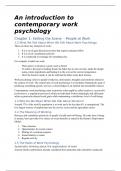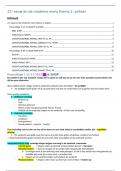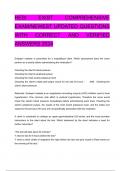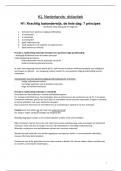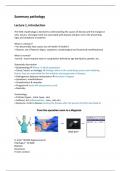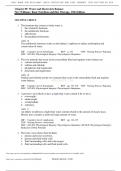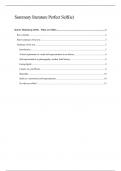Samenvatting
Samenvatting An Introduction to Contemporary Work Psychology - Deeltentamen 1 Arbeidspsychologie ()
- Vak
- Instelling
- Boek
Dit is een samenvatting van de hoofdstukken 1, 3, 4, 5, 6, 8, 9, 11 en 19. Dit zijn de benodigde hoofdstukken voor deeltentamen 1. This is a summary of the chapters 1, 3, 4, 5, 6, 8, 9, 11 and 19. These are needed for the first partial exam.
[Meer zien]
